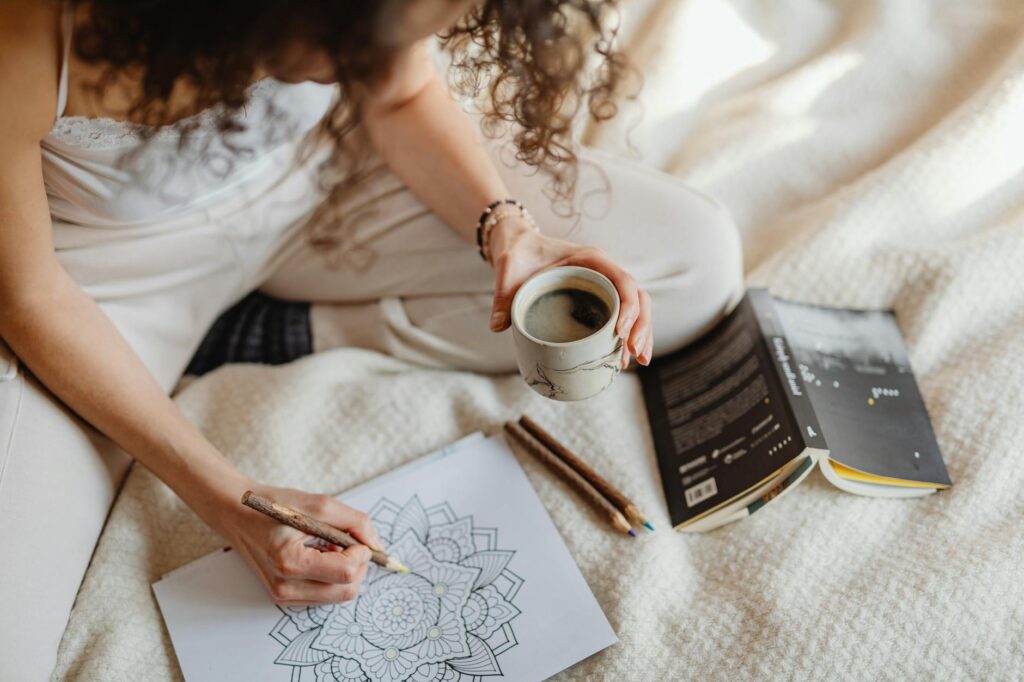Creating a cohesive and stylish home is a dream for many, and a key element in achieving this is establishing a unified color palette. A well-chosen color scheme ties your rooms together, creating a sense of harmony and visual flow, regardless of their individual styles. This guide will walk you through the process of selecting and implementing a cohesive color palette throughout your home.
Understanding Color Theory Basics
Before diving into specific palettes, it’s helpful to understand some fundamental color theory. The color wheel shows how colors relate to each other: complementary colors (opposite each other) create high contrast, while analogous colors (next to each other) offer a more serene feel. Consider whether you want a vibrant, energetic space or a calming, restful atmosphere when making your choices. There are many online resources and tools that can help you explore color combinations, such as this helpful website.
Choosing Your Primary Color
Start by selecting one primary color that resonates with you and sets the overall tone. This could be inspired by a favorite piece of art, a cherished item, or even a stunning natural landscape. Think about the mood you want to evoke – a warm and inviting space might feature earthy tones like terracotta or deep green, while a bright and airy feel could call for lighter shades like pale blue or sunny yellow. 
Selecting Accent Colors
Once you have your primary color, choose 1-2 accent colors to complement it. These colors will add depth, visual interest, and personality to your space. Accent colors are used in smaller doses, such as throw pillows, artwork, or accessories. You can use the color wheel to find complementary, analogous, or triadic color schemes to guide your selection. Experiment with different combinations to see what feels best for you.
Considering the Lighting
Natural and artificial lighting significantly impact how colors appear in your home. Colors can look drastically different in various light conditions. It’s crucial to consider the amount and type of lighting each room receives when choosing your palette. For instance, a north-facing room might need warmer tones to counteract cooler light, while a south-facing room bathed in sunlight might benefit from cooler shades to prevent overwhelming brightness. 
Incorporating Neutrals
Neutrals such as white, beige, gray, and black are essential for balancing your color scheme and preventing your space from feeling overwhelming. They provide a backdrop that allows your chosen colors to shine, and also creates a sense of calm and sophistication. Use neutrals on larger surfaces like walls and flooring, and then introduce your primary and accent colors through furniture, textiles, and decor. This creates a balanced and visually appealing space.
The Importance of Texture and Pattern
Don’t underestimate the power of texture and pattern in enhancing your color scheme. Different textures—like velvet, linen, or wool—can add depth and visual interest, even with a simple color palette. Incorporating patterns through rugs, curtains, or artwork can create visual rhythm and movement. Remember to maintain a balance, so that the patterns don’t overpower the overall cohesiveness.
Testing and Refining Your Palette
Before committing to a full-scale paint job or purchasing major furniture pieces, test your chosen colors in different rooms and lighting conditions. Paint small swatches on the walls or use fabric scraps to get a feel for how the colors look and interact with the existing elements in your home. This allows you to make adjustments and refine your palette before investing significant time and resources.
Creating a Flow Between Rooms
To ensure a cohesive look throughout your home, use your primary color as a consistent thread, perhaps using it on an accent wall in several rooms or incorporating it into furniture pieces across different spaces. Consider using similar tones of your accent colors across different areas, too, to create a sense of connection and flow. This article offers more tips on creating a cohesive style across your home. 
By carefully choosing and implementing a color palette, you can create a home that is not only beautiful but also reflects your personal style and provides a sense of calm and harmony. Remember to have fun with the process and don’t be afraid to experiment!
Frequently Asked Questions
What if I love several different colors? You can absolutely incorporate multiple colors, as long as they work harmoniously together. Consider using a color scheme generator online to find complementary or analogous palettes.
How can I make a small space feel bigger using color? Lighter, cooler colors tend to make a room feel more spacious. You can also use mirrors to reflect light and enhance this effect.
Where can I find inspiration for color palettes? Look to nature for inspiration, search for color palettes online using sites like Pinterest, and browse home design magazines and blogs for ideas – like this one.
What if I’m not sure where to start? Begin by identifying a few favorite colors or items in your existing home decor that you would like to build around.





